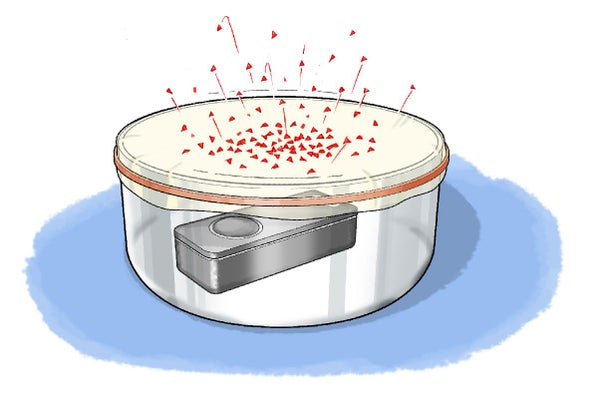 |
| May 27, 2022 |
 |
| |
| |
| |
| |
| |
| |
| |
| Ethics The Field of Firearms Forensics Is Flawed The matching of bullets to guns is subjective, and courts are starting to question it because of testimony from scientific experts | | By David L. Faigman,Nicholas Scurich,Thomas D. Albright | | | |
| |
| |
| |
| |
BRING SCIENCE HOME
 | | Making Sound Waves |  In this activity you will be observing the vibrations caused by sound waves as they pass through a model membrane, just like the vibrations that go through our eardrums! Credit: George Retseck | How well do you know your eardrums? You probably know that your eardrum is an essential part of your ear, allowing you to hear the world around you. But why do we call it a drum? It turns out that calling it a drum is a very accurate description of what your eardrum looks like—and what it does inside your ear. To understand how your eardrum works, imagine using a drumstick to bang on a real drum, and then touching the drum with your hand. When you do this, you can feel the vibrations moving through the drum material. Our eardrums work in a similar way, but instead of from the beat of a drumstick, our eardrums vibrate in response to sound waves hitting it. We can't see these sound waves with our eyes. But we can see how they cause vibrations in things around us, just as they do in our eardrums! | |  | |
LATEST ISSUES
 |
| |
| Questions? Comments?  | |
| Download the Scientific American App |
| |
| |



